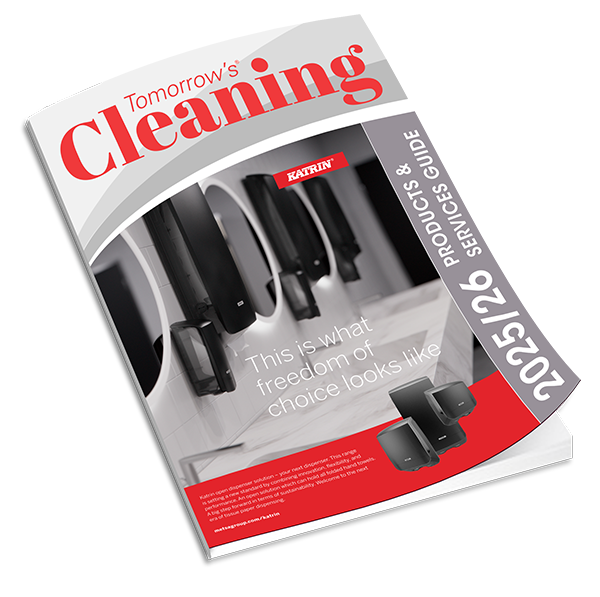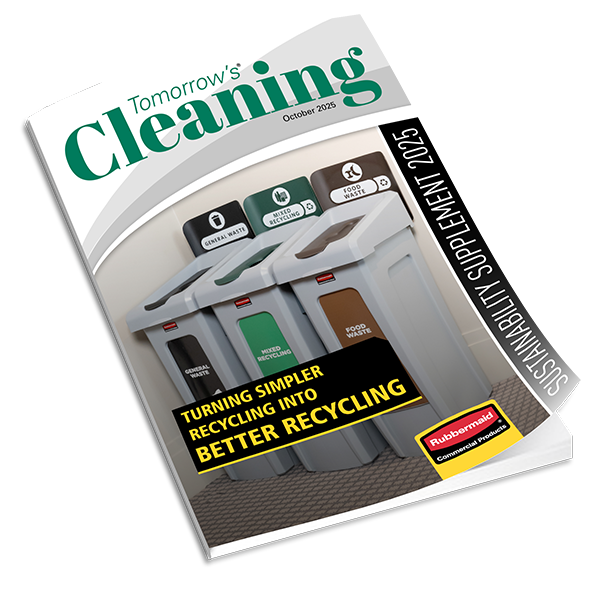Ennovamark has released a new 2025 research study, ‘The Sense of Smell: Shaping Behaviour, Emotion and Environments’, offering completely new insight into how scent influences hygiene perception, confidence and decision-making in public and commercial washrooms.
The study spans more than 30 pages and brings together findings from psychology, facility management and environmental design.
The research was carried out by Matt Wonnacott, who has more than 20 years of experience in the air care and scent industry. The study examines scent behaviour across multiple sectors, with washrooms receiving focused attention due to their unique challenges around user confidence and hygiene expectation.
- Scent strongly influences hygiene perception – Clean-coded scents such as citrus, herbal-green and light mineral improved perceived cleanliness by up to 40%, even when cleaning routines were unchanged.
- Scent can reduce negative washroom feedback – Sites using low-volume, continuous scent diffusion recorded an average of 22% fewer cleanliness complaints. Users reported higher confidence in maintenance, ventilation and air quality.
- Overly sweet or synthetic scents undermine trust – The study found that floral or heavy perfume-like scents often created suspicion that poor smells were being hidden. Clean-coded scents produced the highest trust scores.
- Scent influences behaviour around care and upkeep – When washrooms smelled clean, users were statistically less likely to litter, leave waste or behave carelessly. This suggests scent can support both user behaviour and staff workload.
- Cultural expectations matter – Different regions associate different scent families with cleanliness. European users preferred citrus and mineral notes, while Asian markets responded more positively to green tea and aloe profiles.
The study provides measurable evidence that scent, when used correctly, is far more than a cosmetic addition. It acts as a behavioural signal that users interpret in seconds. For facility managers and cleaning providers, the insights offer practical guidance on selecting scent families for washrooms, managing intensity to avoid over-scenting, improving perceived cleanliness without increasing labour and supporting user reassurance through environmental cues.
Matt Wonnacott, author of the study and Founder of Ennovamark, said: “Scent is one of the fastest ways users form an impression of cleanliness and care, especially in washrooms where hygiene expectations are high. After more than half my life immersed in the air care and scent-related industry, the goal of this study was to give the industry a clear, measured view of how scent influences behaviour and how small adjustments can improve the experience for staff and users in an array of disciplines and sectors with completely new data – I even looked at areas like the relationship between scent, sport and recovery, which there is very little data on.”
The full Sense of Smell Research Study is available to purchase directly through Ennovamark.













































